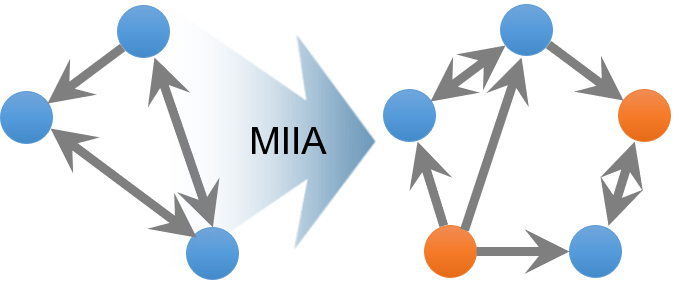
Predicting How Microbial Neighbors Influence Each Other
A new computational method reliably predicts interactions that depend on neighboring organisms in an environment.

A new computational method reliably predicts interactions that depend on neighboring organisms in an environment.
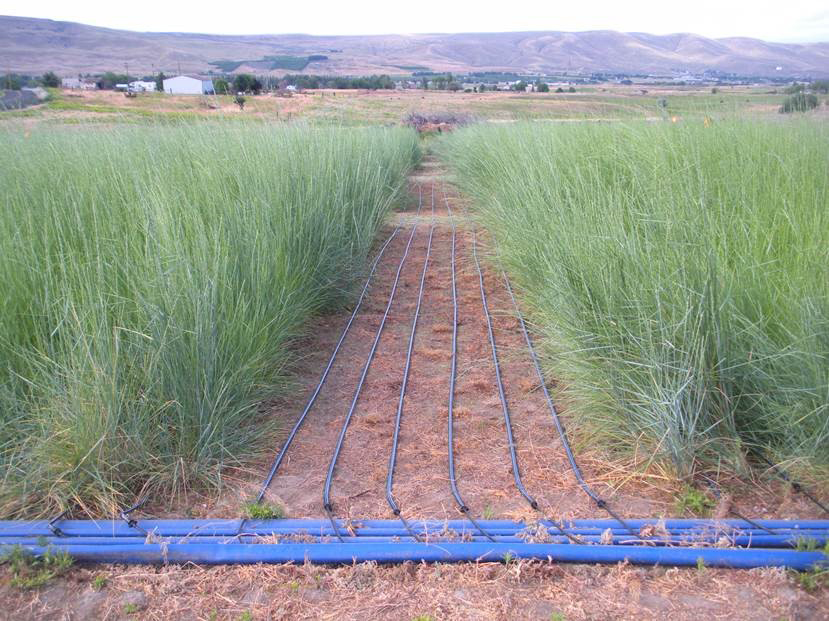
Representative communities of reduced complexity provide new experimental context for investigating how soil microbial communities function.
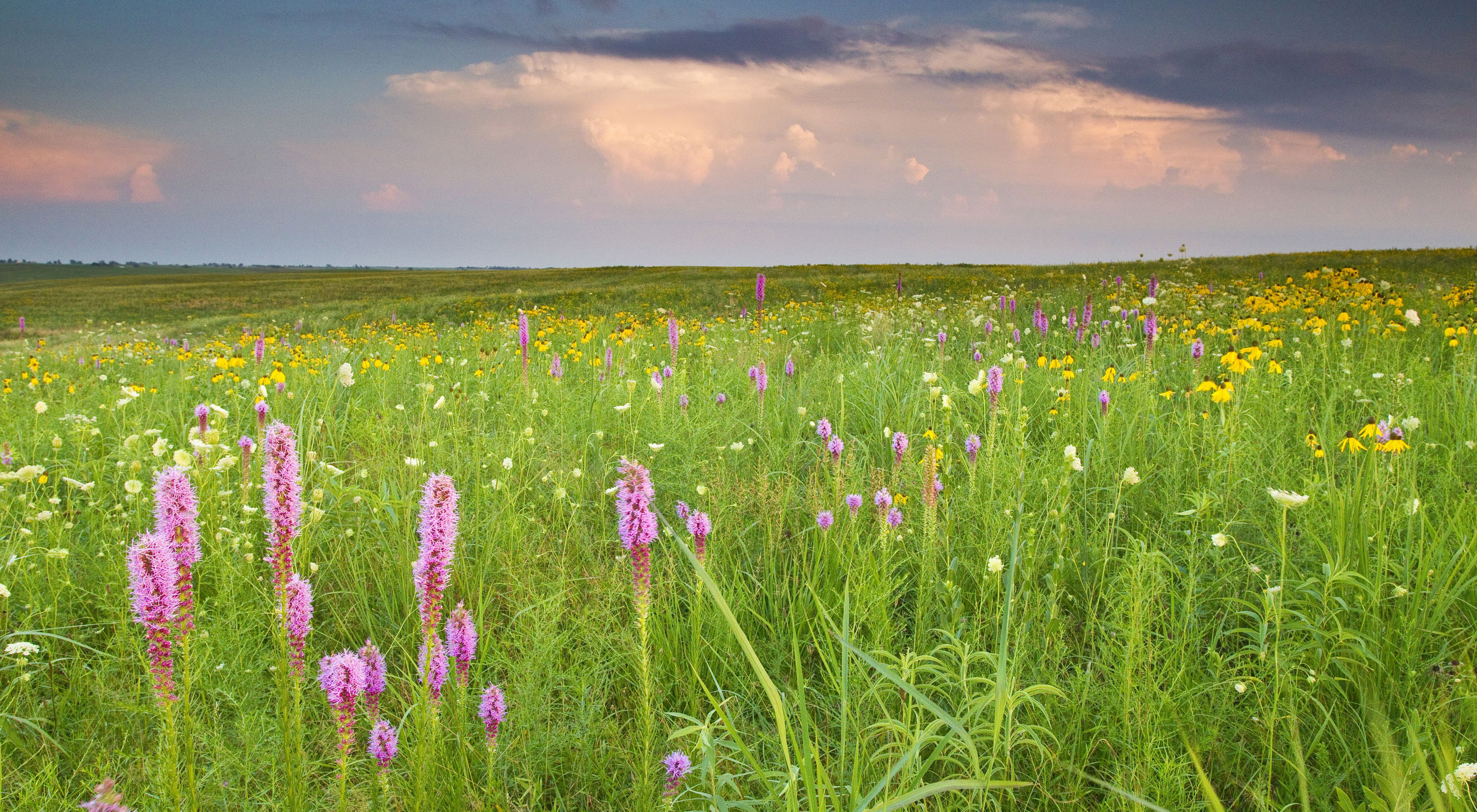
Researchers found that soil drying altered metabolic pathways within soil microbial communities.

Discovering hexokinase as an algal regulator of lipids and high-value antioxidants will enable sustainable sources of biofuels and bioproducts.

Researchers start pinning down how a fungal symbiont spurs growth of poplar, a potential biofuel feedstock.
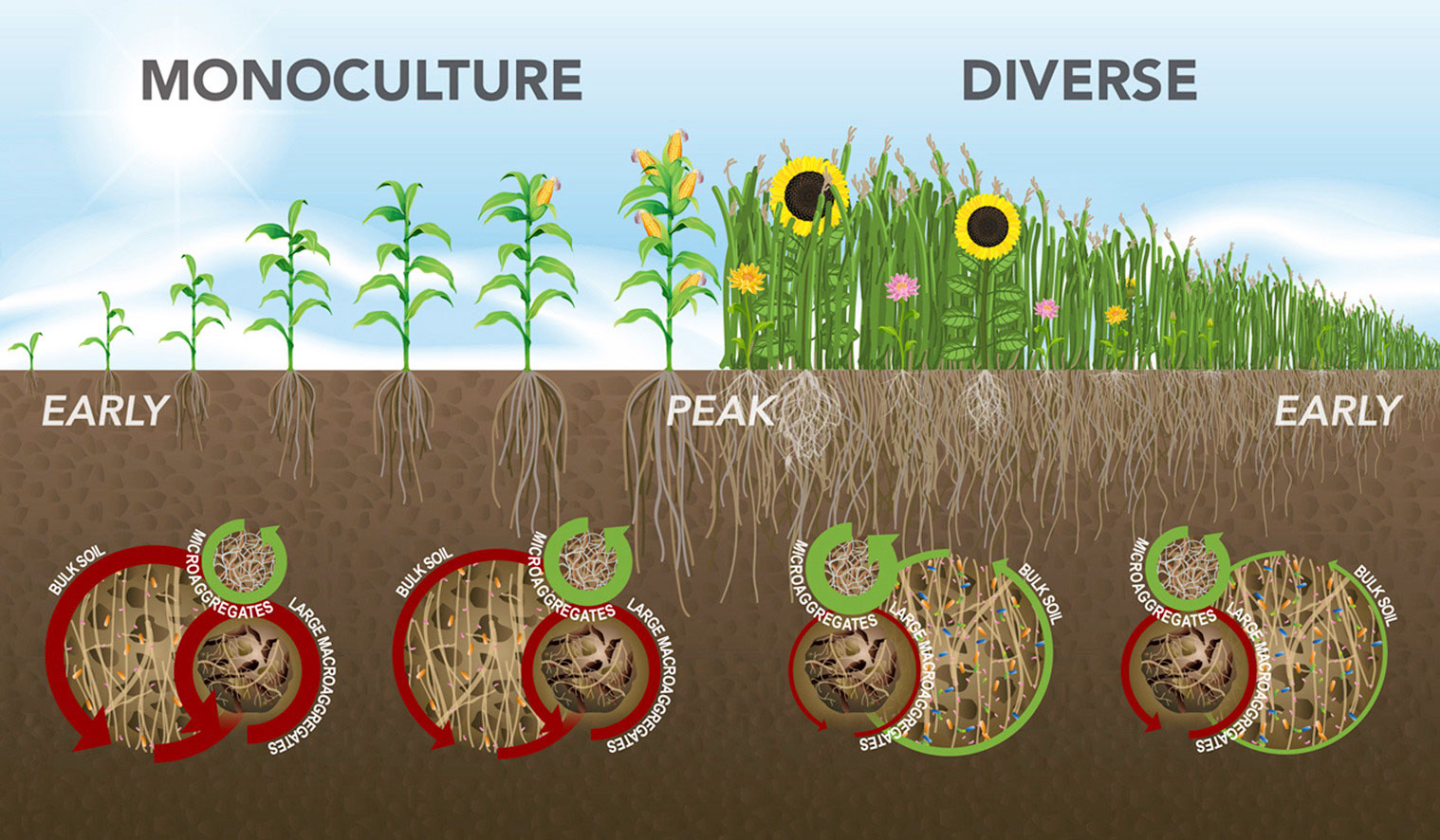
Plant diversity, soil structure, and seasonality all influence microbial diversity in soil
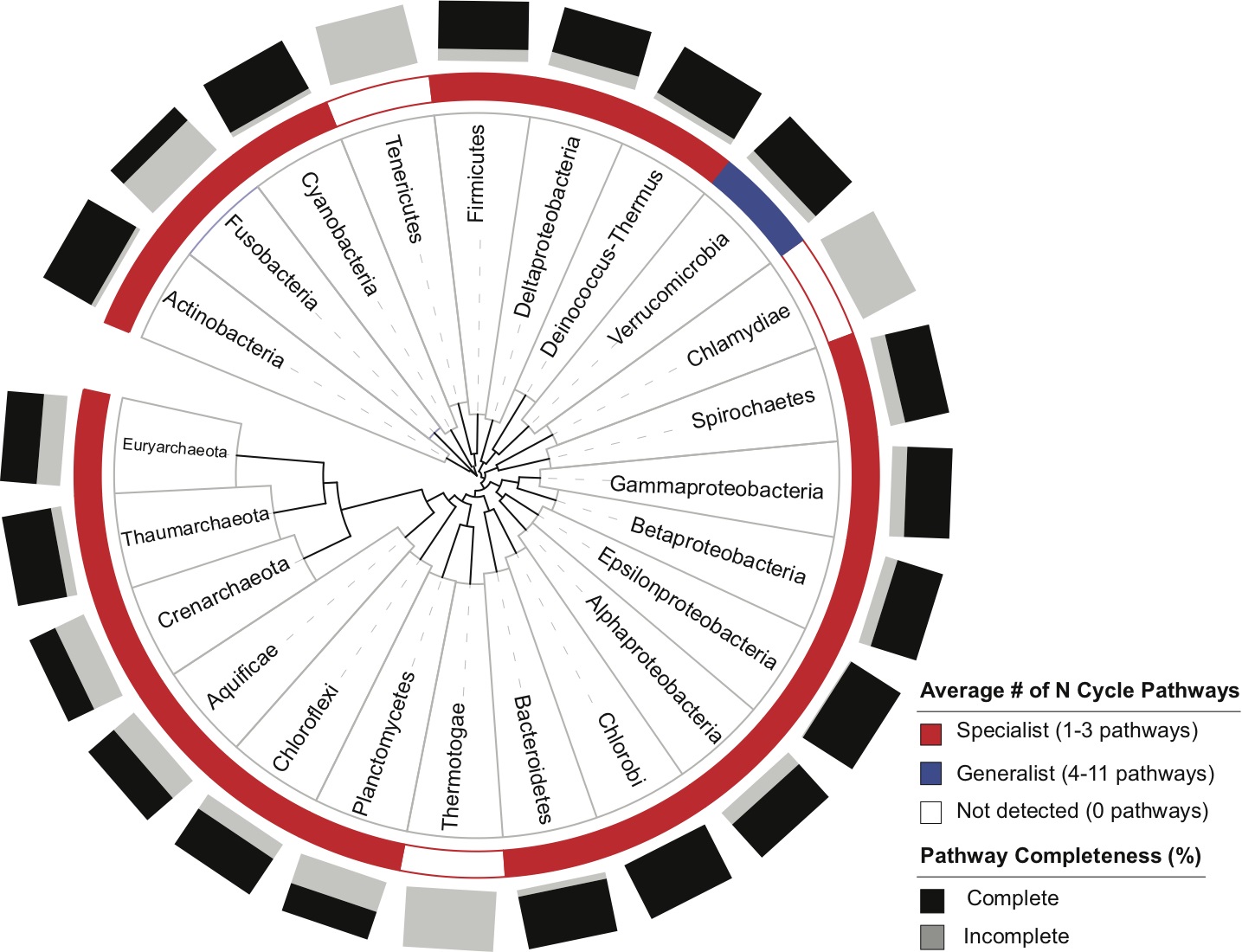
Microbial Communities Matter in How Ecosystems Retain or Lose Nitrogen
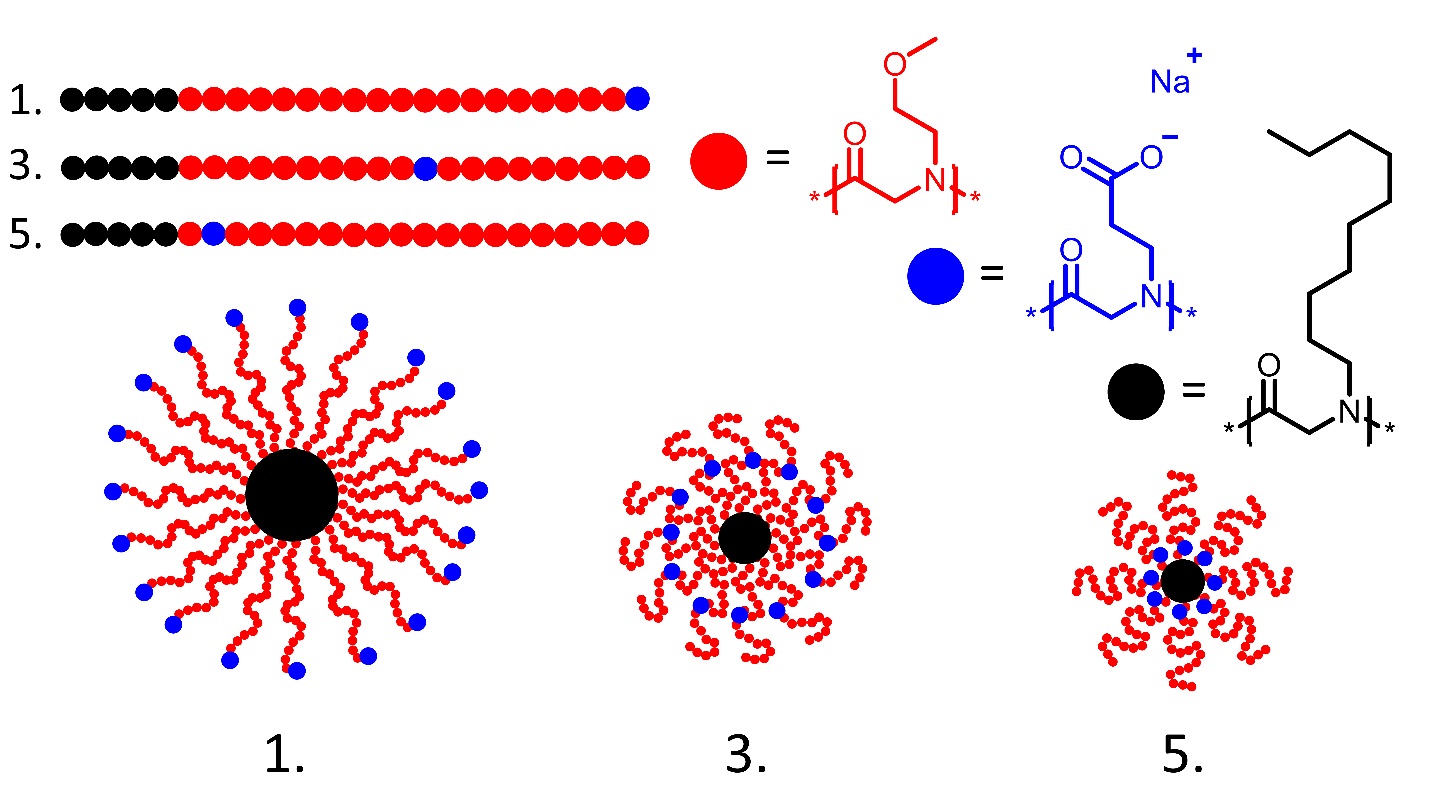
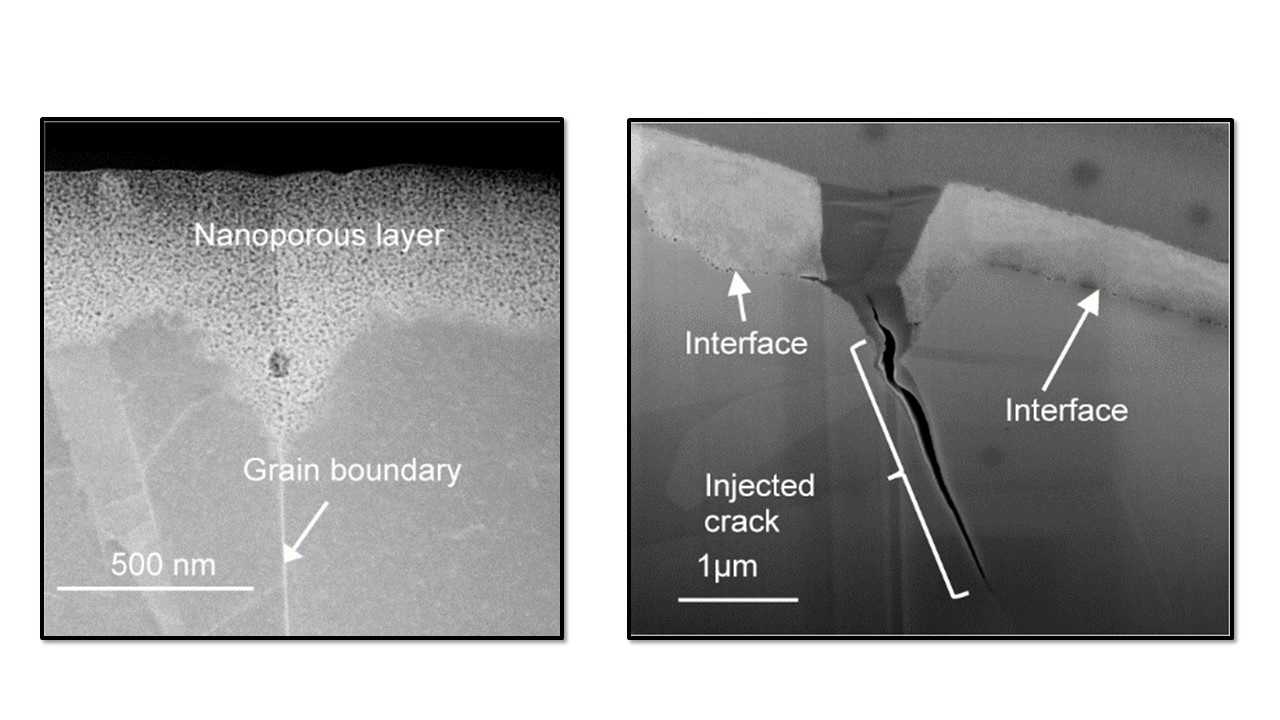
Redefining the mechanisms of stress corrosion cracking for materials in energy generation and industrial systems.
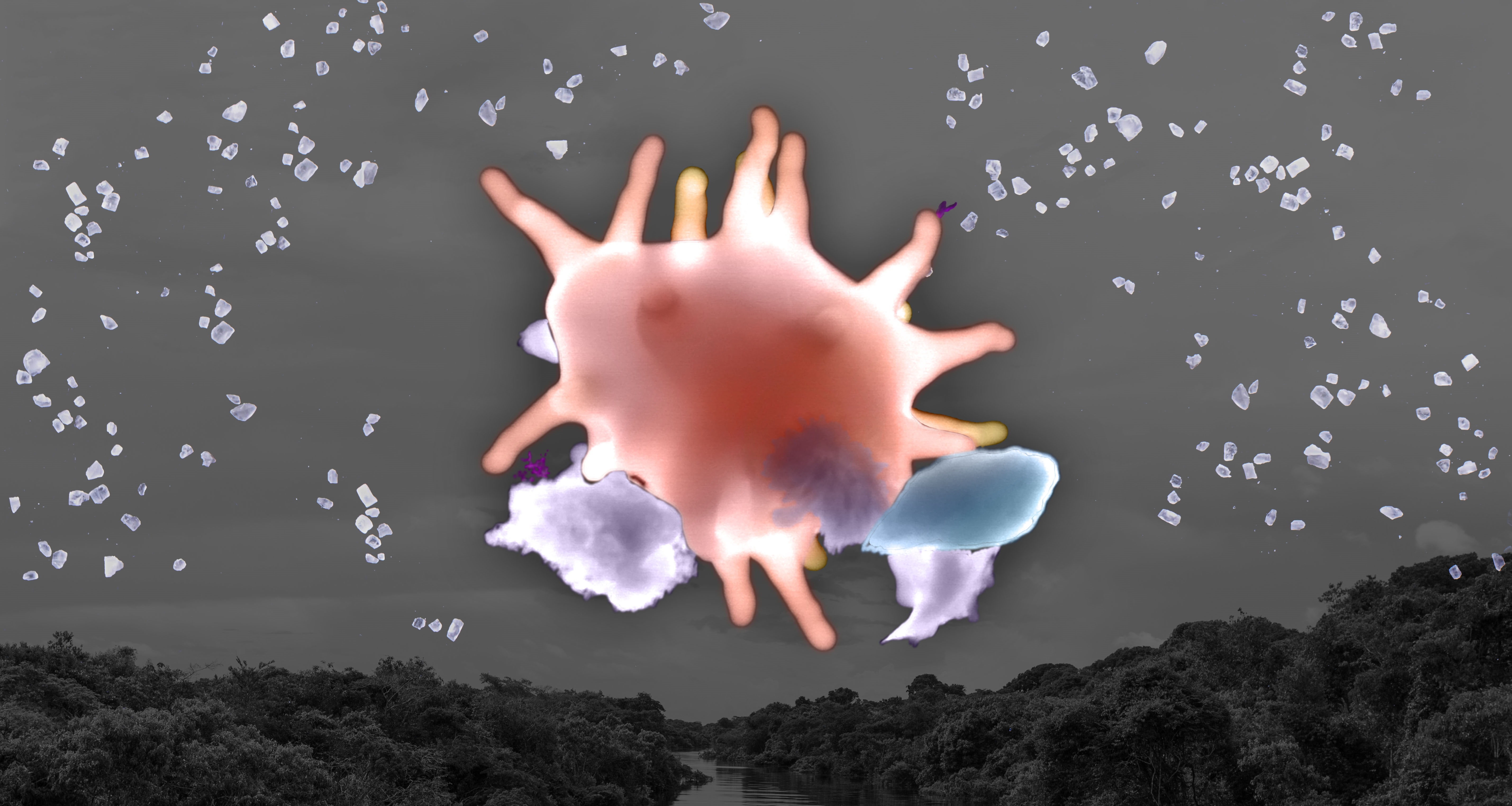
For the first time, an international team of scientists has discovered the true origin of sodium salt in pristine Amazon air.

Some cells stand firm against techniques to extract the biological material inside, while others don’t stand a chance.
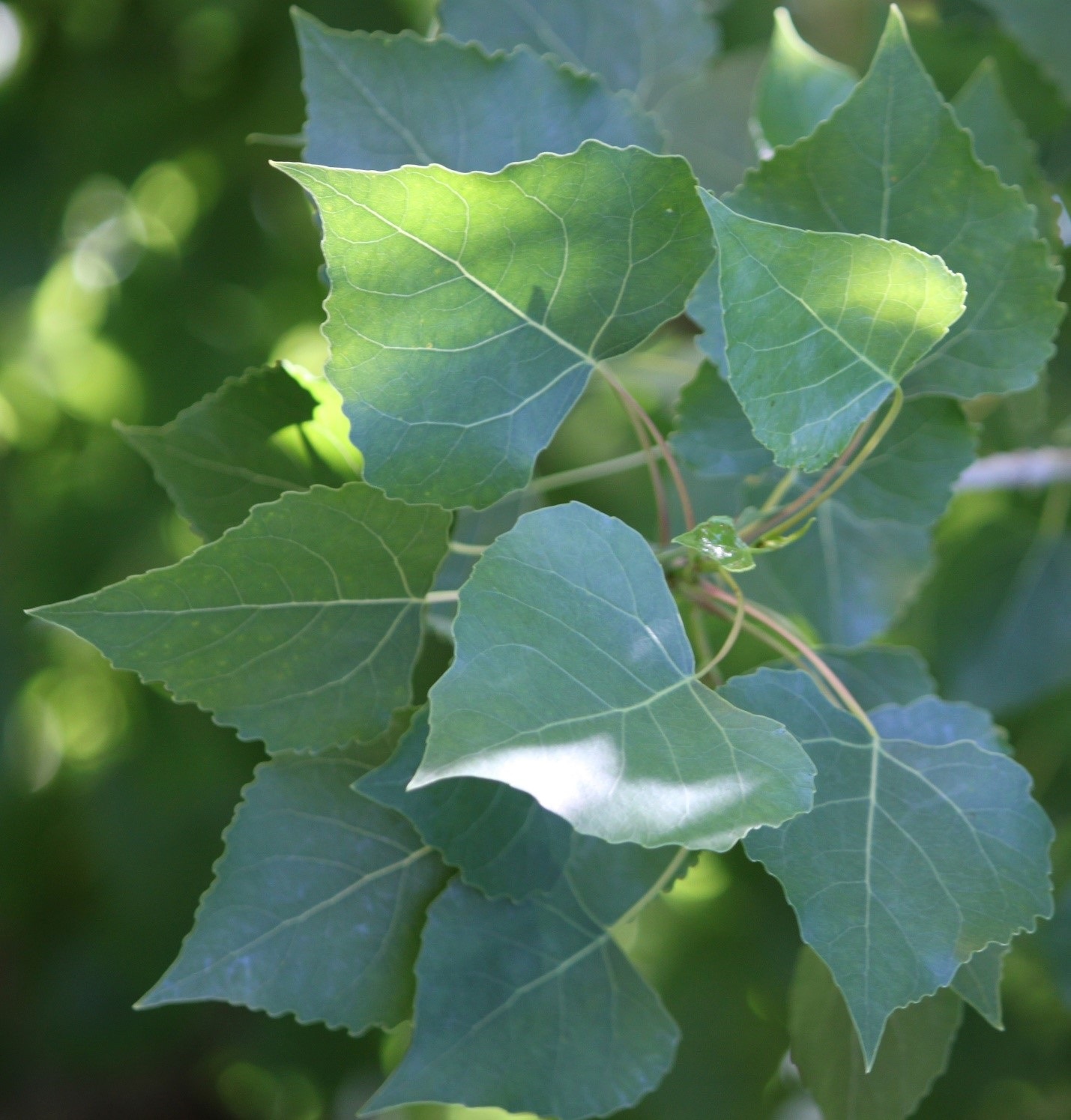
The number of copies of genes a poplar tree has influences its traits.
Signup for the Office of Science’s GovDelivery email service, and check the box for the Biological and Environmental Research Program in your subscriber preferences.
Subscribe